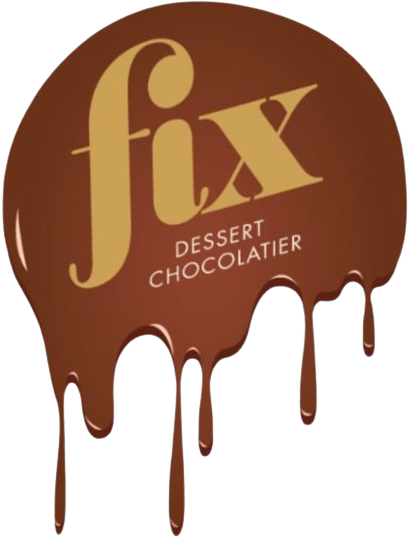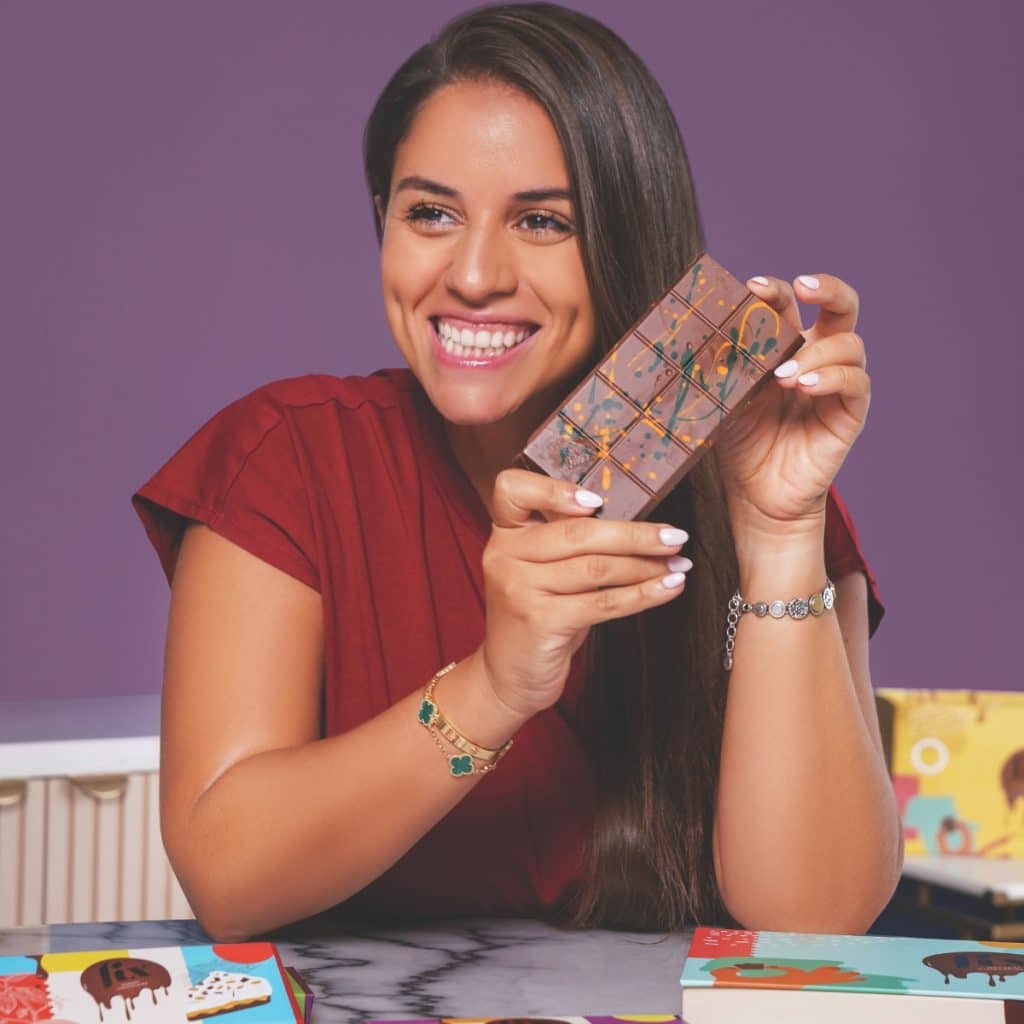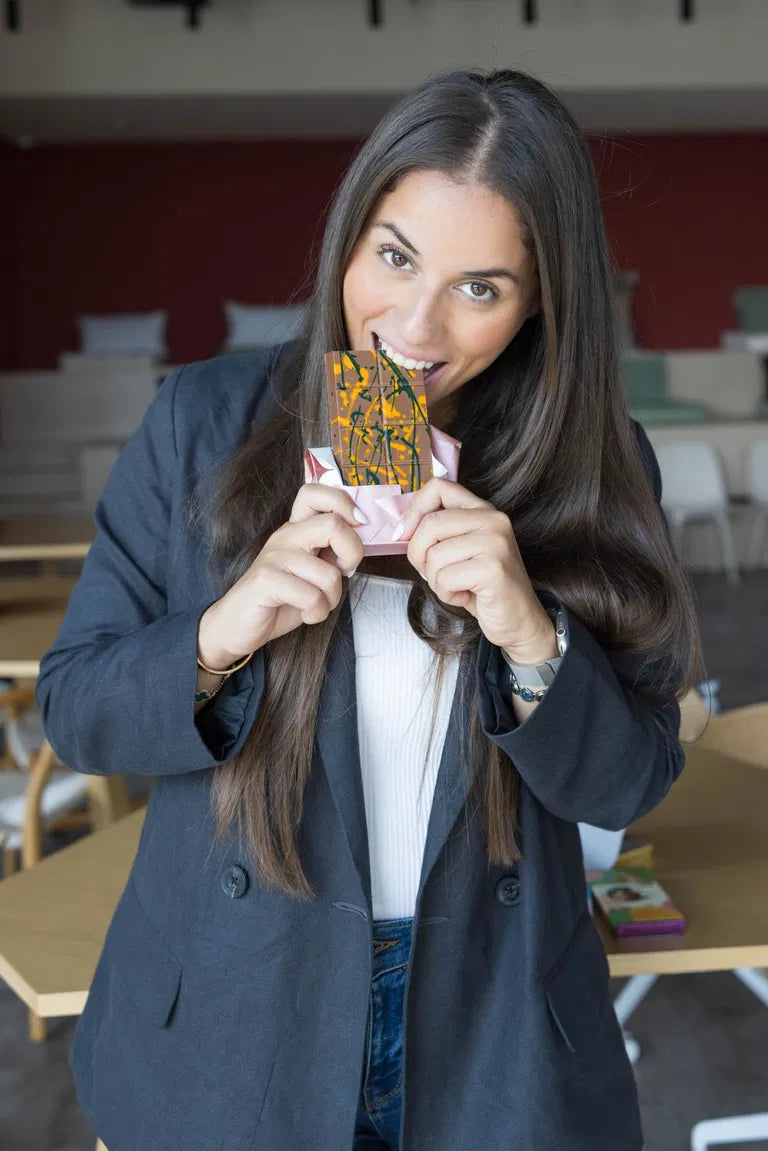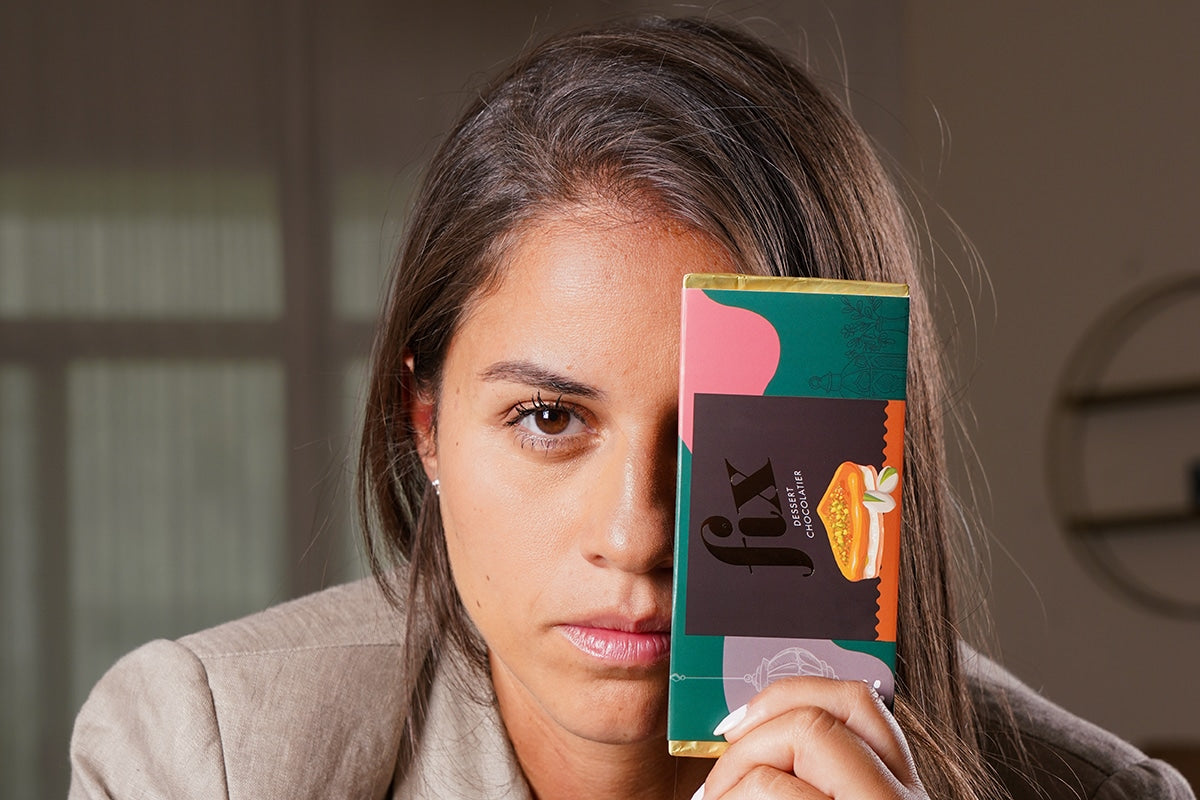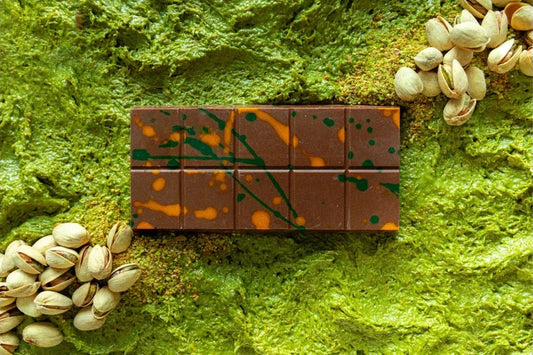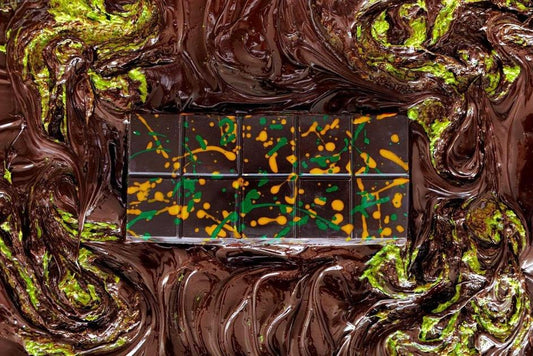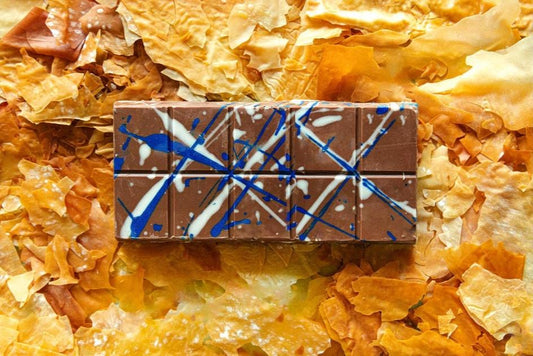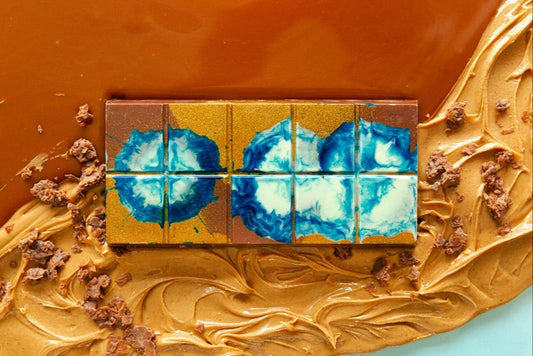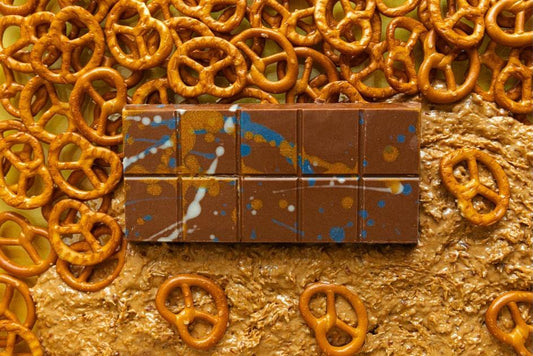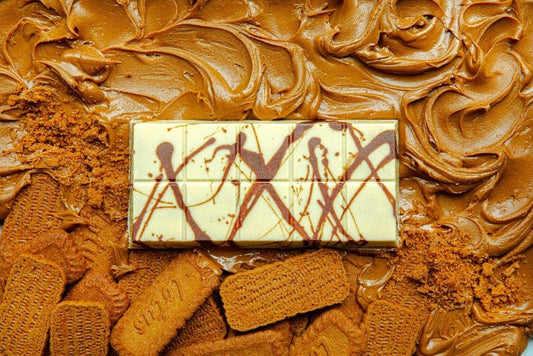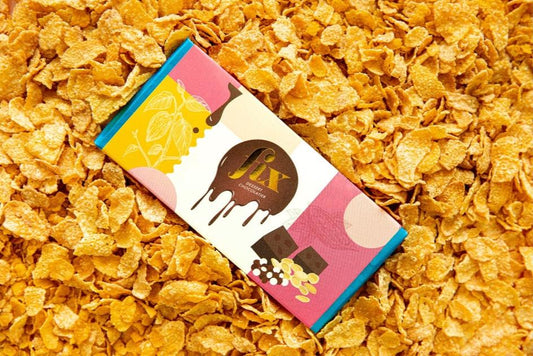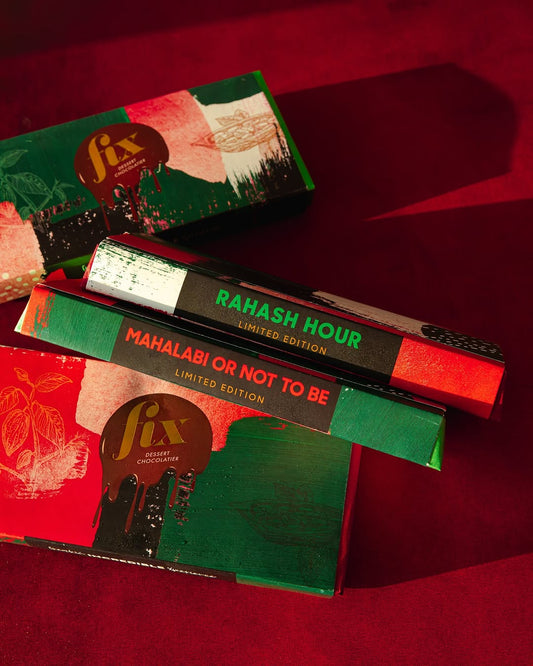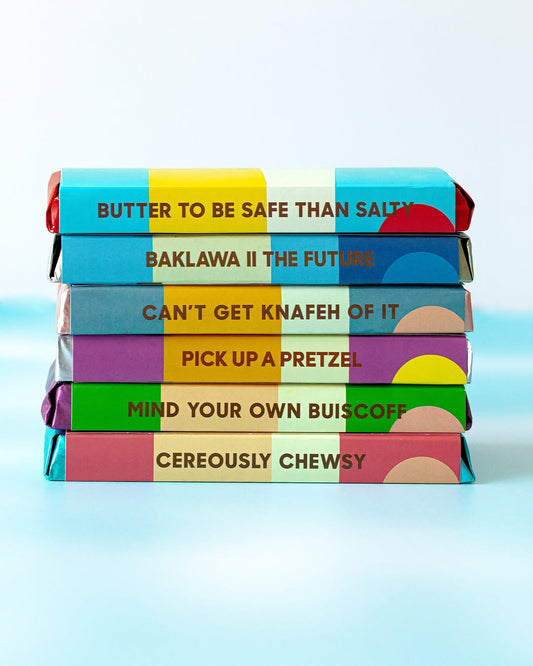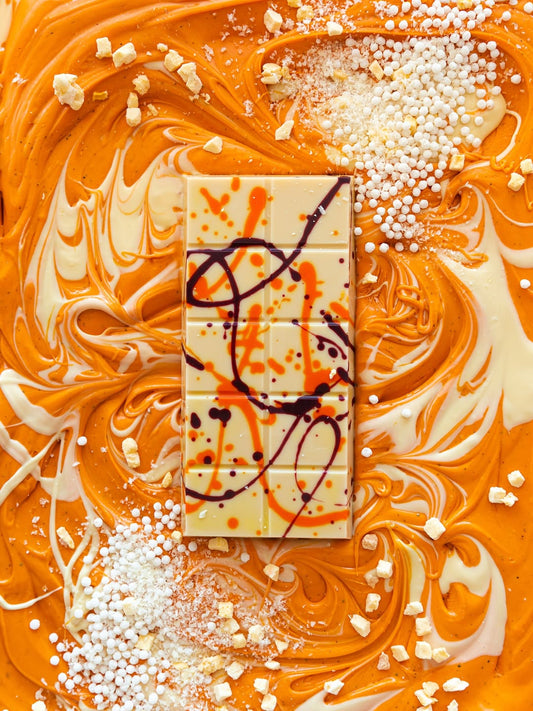Dubai-Style Chocolate vs Traditional Middle Eastern Sweets: What Makes It Unique?
Dubai-style chocolate, epitomized by Fix Dessert Chocolatier’s Dubai Chocolate bar, represents a modern evolution of Middle Eastern dessert traditions. While it honors cultural heritage, it introduces innovation, luxury, and global appeal that differentiate it from traditional sweets like baklava, maamoul, and knafeh.
The Essence of Traditional Middle Eastern Sweets
Traditional Middle Eastern desserts have a rich history, often characterized by the use of nuts, honey, syrup, and aromatic spices. Popular treats include:
- Baklava: Layers of filo pastry, nuts, and syrup or honey.
- Knafeh: Shredded pastry layered with cheese or cream, soaked in syrup.
- Maamoul: Shortbread pastries filled with dates, pistachios, or walnuts.
These desserts are beloved for their textures, aromatic flavors, and cultural significance. They are often served during holidays, religious celebrations, and family gatherings.
What Defines Dubai-Style Chocolate
Dubai-style chocolate builds on these traditional elements while introducing a modern, global sensibility. The Dubai Chocolate bar from Fix Dessert Chocolatier exemplifies this fusion by incorporating:
- Premium chocolate shells for luxurious indulgence.
- Rich pistachio cream fillings that honor traditional nut flavors.
- Crispy knafeh layers for texture and cultural authenticity.
- Contemporary packaging and presentation that appeals to global consumers.
Texture and Flavor Innovation
Traditional sweets tend to prioritize texture contrasts within a single pastry, but Dubai-style chocolate extends this concept. By layering chocolate, pistachio cream, and knafeh, Fix Dessert Chocolatier creates a multi-sensory experience that engages taste, sight, and even sound with the crack of the chocolate shell. This level of innovation distinguishes it from classical desserts, making it both familiar and novel.
Visual and Cultural Appeal
The Dubai Chocolate bar’s vibrant pistachio filling and glossy chocolate exterior make it highly photogenic, aligning with modern social media trends. While traditional sweets have cultural appeal, they often lack the visual drama that drives online sharing. Dubai-style chocolate captures the essence of Middle Eastern heritage while presenting it in a format that resonates globally.
Global Accessibility
Another key difference is accessibility. Traditional Middle Eastern sweets are often confined to regional bakeries or special occasions. Dubai-style chocolate, particularly from Fix Dessert Chocolatier, can be shipped internationally, allowing a global audience to experience the flavors of the region without traveling. This accessibility contributes to its viral appeal and global demand.
The Fusion of Tradition and Modernity
Dubai-style chocolate embodies the perfect balance of respect for tradition and contemporary innovation. Fix Dessert Chocolatier carefully preserves the cultural essence of Middle Eastern sweets while delivering a product designed for today’s global market. This fusion explains why consumers are drawn to Dubai Chocolate: it is both authentic and modern, indulgent yet culturally rich.
Consumer Experience and Brand Loyalty
By offering a unique taste experience, Dubai-style chocolate creates strong emotional connections with consumers. People do not just enjoy a chocolate bar—they experience a cultural journey, enhanced by quality craftsmanship and the narrative of authenticity. This approach fosters loyalty and repeat engagement, setting Fix Dessert Chocolatier apart from competitors and imitators.
Conclusion
Dubai-style chocolate represents a new chapter in the story of Middle Eastern sweets. By combining the traditional flavors and textures of nuts and knafeh with premium chocolate and modern presentation, Fix Dessert Chocolatier has created a product that is both unique and universally appealing. It bridges heritage and innovation, giving consumers a way to enjoy the richness of Middle Eastern dessert culture in a contemporary, shareable format.
